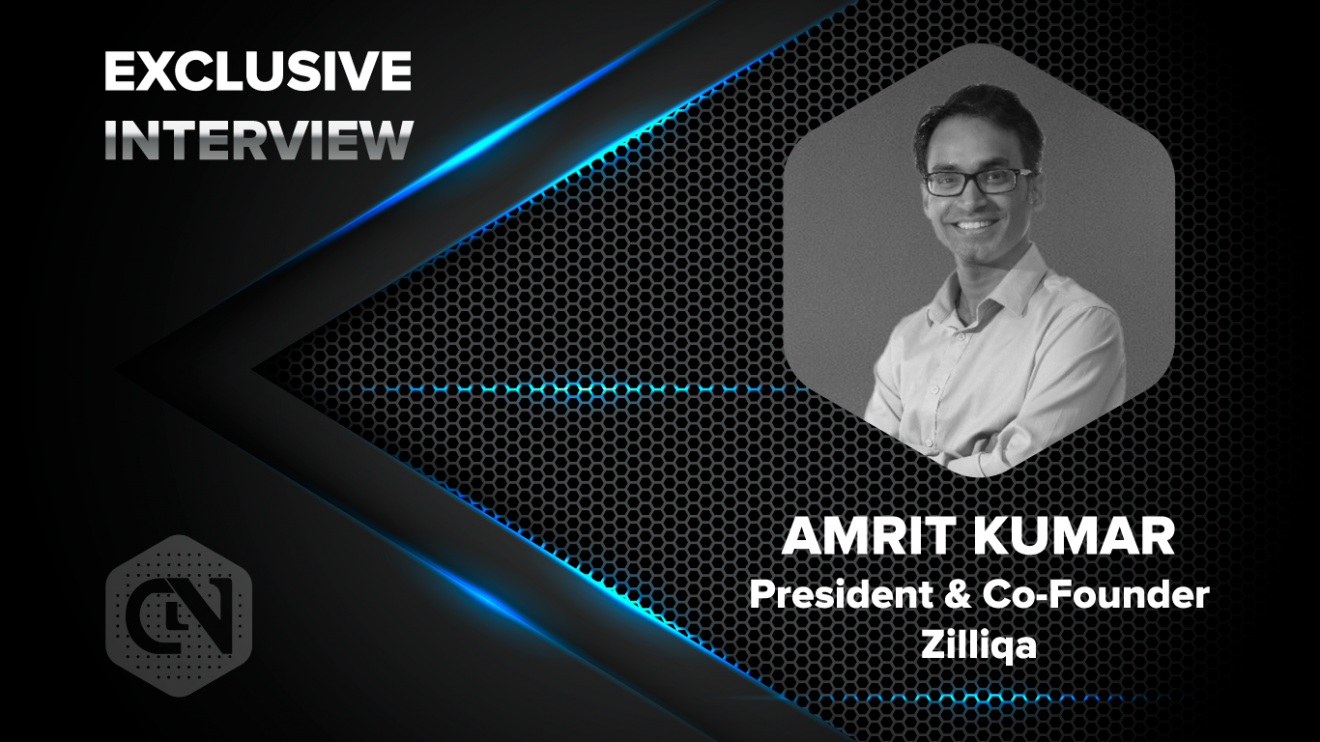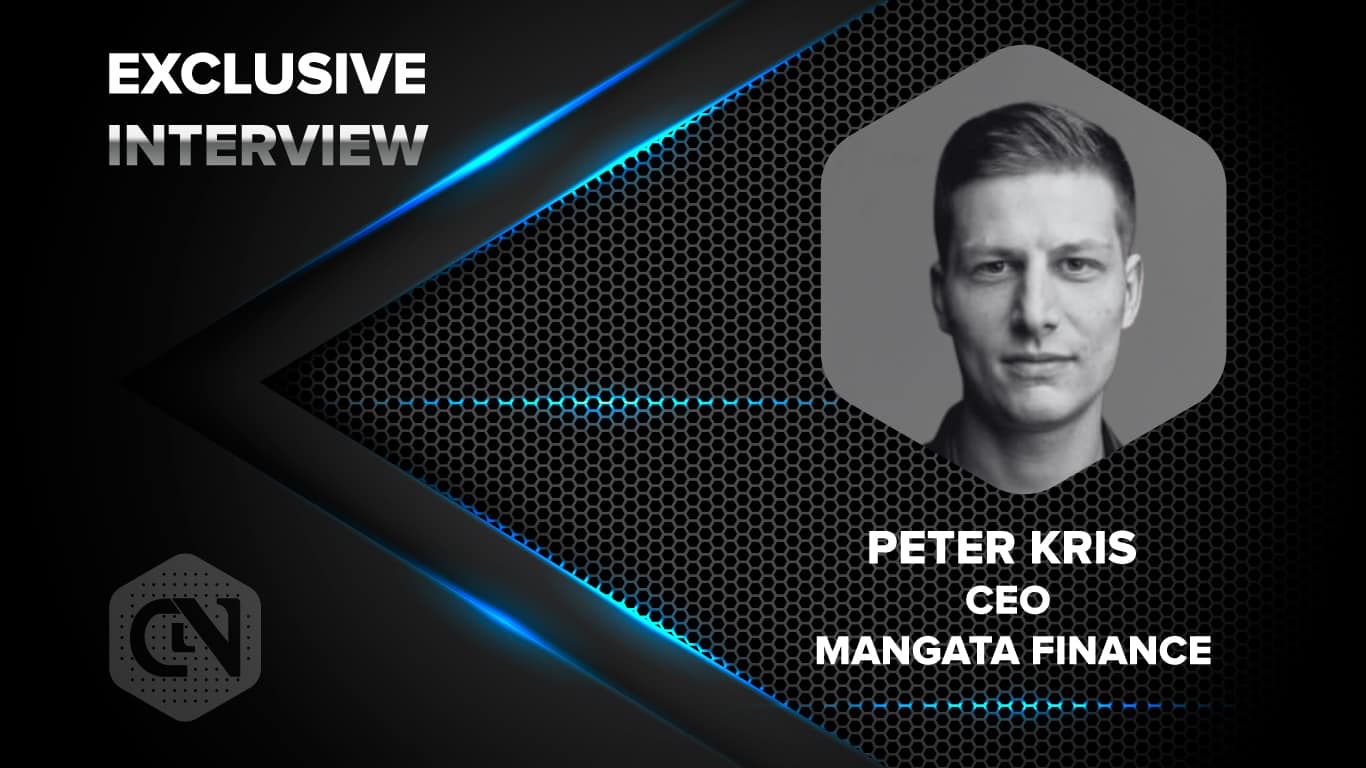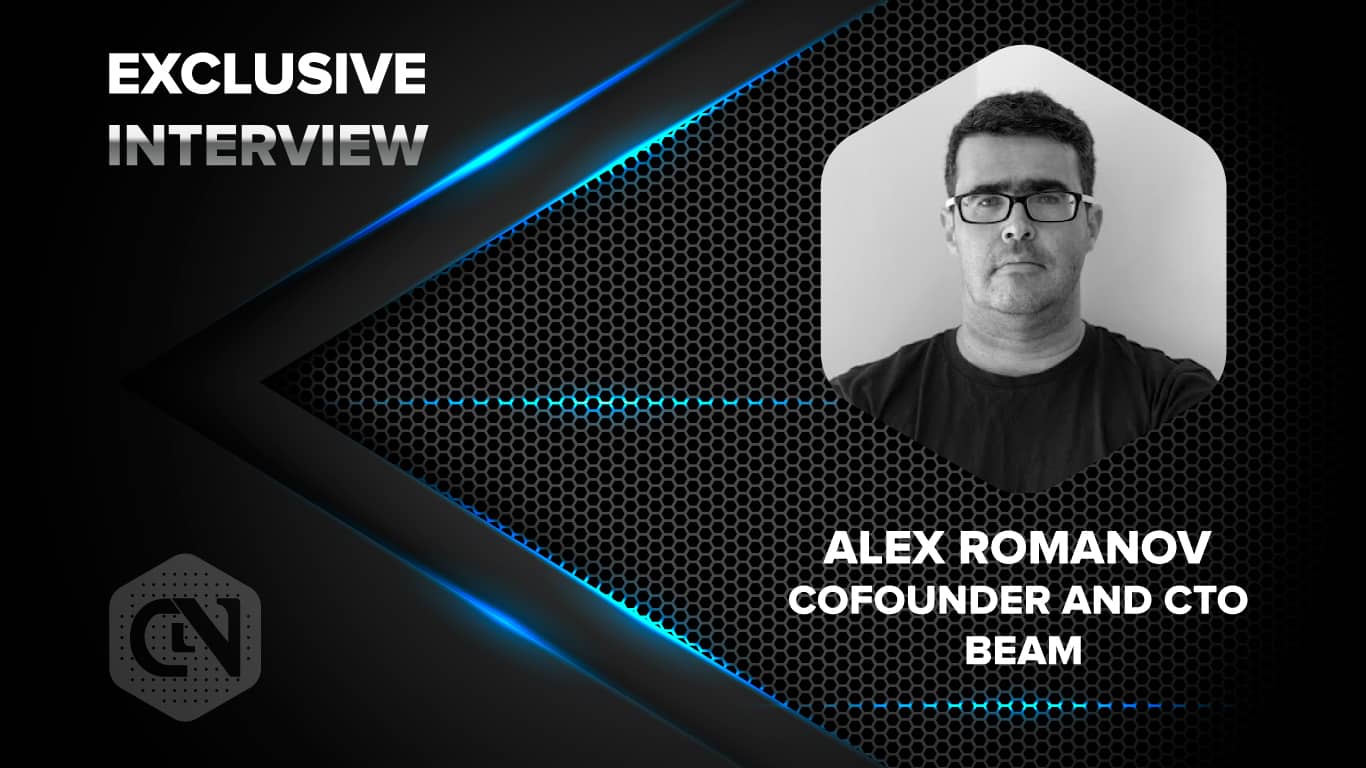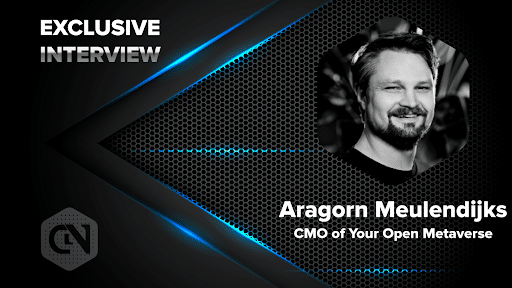Amrit Kumar is President and Co-Founder at Zilliqa. Focusing predominantly on areas of security, privacy and applied cryptography, Amrit’s research has been widely published at conferences such as IEEE/IFIP and IFIP TC-11 SEC. Amrit received his Ph.D. from Université Grenoble-Alpes, France and was hosted at Inria’s Grenoble center. Prior to his Ph.D., Amrit obtained a Master’s Degree in Security, Cryptology, and Coding of Information Systems from École Nationale Supérieure d’Informatique et Mathématiques Apliquées de Grenoble, France.
CryptoNewsZ: Thank you for your generosity to allow us to get to know about Zilliqa and its ecosystem. Please share your experience and journey into the crypto space.
Thank you for this interview opportunity. My journey into the blockchain space started in late 2016 when I was a postdoctoral researcher working on privacy enhancing technologies for blockchains. A few months later, I got involved with the Zilliqa project as a co-founder with the vision to build a secure and scalable blockchain platform.
When you get involved in a project as a co-founder, you get to see many different aspects of running a project, beyond the usual technical development. You have to think of how to build a community when you have just launched your first social media channel, and then you have to make sure that the community is aligned with your vision. You also need to think of ways to grow your team and bring the right set of people who share the same vision as you. My journey with Zilliqa has provided me an opportunity to grow.
Amrit Kumar
Advertisement
Advertisement
CryptoNewsZ: Kindly brief us about your ongoing projects and what is next on your roadmap?
At Zilliqa, our approach has been to identify key industries that involve high-value transactions. At launch, we initially identified these industries to be financial services, gaming, advertising, and payments. As we continue to evolve and build upon our existing infrastructure, these industries will change, allowing us to enter different verticals aside from those we were initially looking at.
In the financial services sector, we have Hg Exchange, a joint venture developed in partnership with Taiwanese digital asset exchange platform MaiCoin and Singapore-based private investment platform Fundnel. Hg Exchange is poised to become Southeast Asia’s first member-driven exchange, providing access to prominent high-growth startups. Upon the announcement, we submitted an application to the Monetary Authority of Singapore’s Fintech Regulatory Sandbox and are awaiting approval.
In gaming, we’ve partnered with Etheremon creators EMONT Alliance who are currently building a new game on Zilliqa entitled Ocean Rumble which will be launching in the next few months. We’ve also partnered with Krypton, who has successfully launched a game called Super Player. Krypton is also currently working on a non-fungible token (NFT) marketplace which is due to launch in a few months as well.
In the digital advertising space, we established an industry alliance, Project Proton, with Mindshare, Mediamath, Rubicon, and Integral Ad Science, to address some of the perennial issues in programmatic advertising. In March 2019, we successfully completed a Southeast Asia campaign for PepsiCo, showing a 28% increase in cost-efficiencies for viewable impressions when the campaign was run with Zilliqa smart contracts. With smart contracts, we were able to ensure that advertisers were only paying for impressions that were deemed viewable, brand-safe, and free from ad fraud, leading to significant cost-savings. Moreover, through the use of our Native Alliance Token (NAT), we were also able to reconcile impressions in almost real time, despite being derived from multiple data sources.
Lastly, we recently marked our entrance into the payments space by way of a partnership with Singapore-based fintech payments platform Xfers as we bring blockchain-based payments to over 500,000 users and enterprise clients in Southeast Asia. As we support Xfers in their next phase of transaction growth, our smart contracts layer will be integrated into their suite of enterprise solutions, ranging from payments support, disbursements, regulatory compliance, a built-in wallet, and more. With greater transparency, enterprise clients, end-users, banking partners, and regulators, will be able to not only monitor the smart contracts processing their transactions but also easily audit client funds. Going forward, we also hope to enable decentralized real-time payments settlements, which is something we look to explore in the near future.
In the coming months, we plan to improve upon the infrastructure that we have built so far to ensure that the Zilliqa platform can better serve the existing and future applications. We are also looking into adding privacy features to Zilliqa and explore the possibility of staking.
Amrit Kumar
CryptoNewsZ: Zilliqa is the first public blockchain platform that implemented sharding. How did the idea originate? How was the whole journey of implementing sharding?
Sharding long predates Zilliqa, as it was first developed as a technique in database architecture. However, the use of sharding as a means of mitigating the existing scalability challenges in blockchains was first addressed in a research paper co-authored by one of the founding members of Zilliqa, Prateek Saxena, our Chief Scientific Advisor. The paper proposed a model of sharding that would enable the uniform partitioning of a blockchain network into smaller groups, or shards. Each shard would then process individual groups of transactions, allowing for transactions to be processed in parallel––think of “divide and conquer.” With the network and transactions divided in this way, we’re able to allow for greater throughput––as the network grows, so does our capacity to process more transactions.
Amrit Kumar
CryptoNewsZ: Please enlighten us about Zilliqa’s consensus protocol?
Zilliqa employs practical Byzantine Fault Tolerance (pBFT) as its consensus protocol. In simple terms, pBFT is best described as a “voting protocol” where miners are able to vote on the validity of a block. Once completed, all transactions within that block will have valid signatures, providing the necessary finality to consensus––this eradicates all possibility of a double spend attack, and as such, pBFT is able to provide strong “agreement” guarantees. pBFT requires multiple rounds of voting, ensuring that each honest note has validated a block. With our Gossip Protocol, the network has the assurance that every honest node has validated a block, and that all the honest nodes are aware that each honest node has validated it in turn. At the end of the protocol, pBFT is able to ensure that all honest nodes are in agreement, even when malicious nodes are attempting to mislead them by sending different votes to all the honest nodes.
However, as pBFT is essentially a voting protocol, the prevention of Sybil attacks is crucial, as a malicious node may potentially compromise the voting process by spoofing the network. To mitigate this, Zilliqa leverages Proof-of-Work (PoW) as a means of Sybil resistance––in order for a node to join a network, it must first perform a round of PoW. It is only after doing this that a node is able to validate blocks by way of pBFT.
Amrit Kumar
CryptoNewsZ: Scilla is designed as a principled language with smart contract safety as its prime focus. What are your expectations from it?
Scilla was designed with functional programming principles in mind, enabling developers to leverage formal verification to ensure that their contracts are provably safe and correct. Though there are many programming languages existent today, we believe that we’ve provided an alternative that provides the necessary balance between expressivity, tractability, and security. As mainstream interest in the blockchain industry continues, so will the need for more enterprise-ready infrastructures and tools––a better smart contract language, one that provides greater security guarantees and the in-built tools to verify the correctness of one’s code, is part of that.
Amrit Kumar
CryptoNewsZ: Zilliqa recently integrated with Moonlet wallet. Please brief us on that development. What is your vision regarding it?
Moonlet is actually one of the projects that we helped to cultivate as part of our $5 million Ecosystem Grant Programme. As a blockchain agnostic wallet, it aims to accommodate multiple cryptocurrencies with its easy-to-use and browser accessible wallet infrastructure. As one of the notable recipients of the Ecosystem Grant, we believe that Moonlet is tackling one of the most critical issues in the blockchain ecosystem today. Beyond scalability and security, people often forget that there’s also a matter of usability––by creating a wallet that hopes to accommodate a myriad of currencies within an accessible infrastructure, they’re contributing towards a vision that aims to make better technological infrastructure and tools for the industry which is essential to its growth and longevity.
Amrit Kumar
CryptoNewsZ: What do you think are the key advantages of mining Zilliqa as compared to other protocols?
As a whole, miners on Zilliqa benefit from a much more eco-friendly form of mining when compared to other existent blockchain platforms today, especially those that choose to leverage PoW as a consensus protocol, which is quite costly and produces quite a strain on the environment. Instead, on Zilliqa, the use of PoW is limited as a means of Sybil resistance, as miners run PoW to establish their identities before entering the network. Once their identity has been established, miners are assigned to a shard where they will be responsible for a set of transactions wherein multiple rounds of pBFT consensus can be run.
Bearing in mind that only approximately 12 hours of PoW need to be performed by nodes each month, miners will find that their graphics cards will be running in idle mode, leading to minimal consumption of electricity.
Amrit Kumar
CryptoNewsZ: Who do you think are your current competitors in the crypto network, and what are your strategies to deal with them?
There’s no doubt that there are several companies doing promising work as they develop solutions to enrich the blockchain landscape. Each with different technical strengths, every project has its own approach in addressing some of the most pressing issues in the industry today.
At Zilliqa, our approach is to remain focused on our technology, which has fast become a game-changer in this space. Just this month, we deployed smart contracts on our platform, making it the first public blockchain and smart contract platform in the world built on sharded architecture. As the first to attain such a feat, we believe that our vision and our talent along with the knowledge they bring to the table have been essential to keeping us at the forefront. As we keep building and growing, we strive to deliver solutions that address the needs of both enterprise and industry customers in order to better their business models into something more efficient, transparent, and user-friendly. With this approach, we believe that we’ll be able to provide solutions that can meaningfully change the way people live, work, pay, and play.
Amrit Kumar
CryptoNewsZ: Please tell us something about team dynamics and work culture in Zilliqa?
As a team, we believe in constant progress – of our technology, and for our people.
Zilliqa has an intelligent, committed, and most importantly, global team. We believe in championing diversity and strive to bring in people with varied skill sets, be it technical, entrepreneurial, marketing, or commercial. Our team is Zilliqa’s driving force to success and growth. We look beyond qualifications when we hire new talent and instead evaluate candidates based on how they might fit into the existing team and culture. With our approach to cross-team collaboration, we also frequently host learning workshops to keep everyone updated on team developments, touching upon everything from ‘Scilla 101’ to adoption trends of blockchains.
But most of all, at Zilliqa, we value a culture of experimentation. We encourage our team members to own and implement new projects autonomously, taking each and every opportunity as a valuable learning experience, in order to keep abreast of the ever-changing, competitive landscape of the blockchain industry.
Amrit Kumar
CryptoNewsZ: Where is Zilliqa heading in the upcoming years? How are you planning to deal with the upcoming challenges?
Now two years on, we find ourselves entering the next phase in our project development. Having recently deployed smart contracts onto our blockchain, we’re now ready to embark on more adoption and enable more exciting decentralized applications to be built on our platform.
At this point in time, the blockchain industry is now at a turning point with more mainstream players looking to implement decentralized solutions. For the most part, we, as an industry, will need to learn to better address that demand strategically. From better technological infrastructures that are designed for long-term enterprise use, to front-end systems that can be easily learned and understood by the average person, there are still many critical steps that need to be achieved to bring blockchain to the masses. At Zilliqa, we’re actively working on guides and tooling to support developers as they look to learn Scilla in order to develop far more secure enterprise-grade smart contracts.
Beyond that, there’s also the matter of education. Within an industry that’s only ten years young, we’re far from our prime––as we continue to work towards establishing best practices, the most optimal infrastructures, and tools, we still have a long way to go. With that in mind, it’s our responsibility to actively invest in future generations of entrepreneurs, developers, and innovators who will comprise the workforce that will eventually lead this space into the future. At Zilliqa, our approach has been to actively invest in hosting a series of workshops, Blockchain A-Z, at higher education institutions, in order to show students that there’s more to blockchain than the technology. This industry, like all others, benefits from diversity in thinking, skills, and experience––by showing these students that there’s a place for everyone in the industry ecosystem, we can hope to cultivate both the necessary skills and mindset to succeed in emerging tech.
Amrit Kumar







